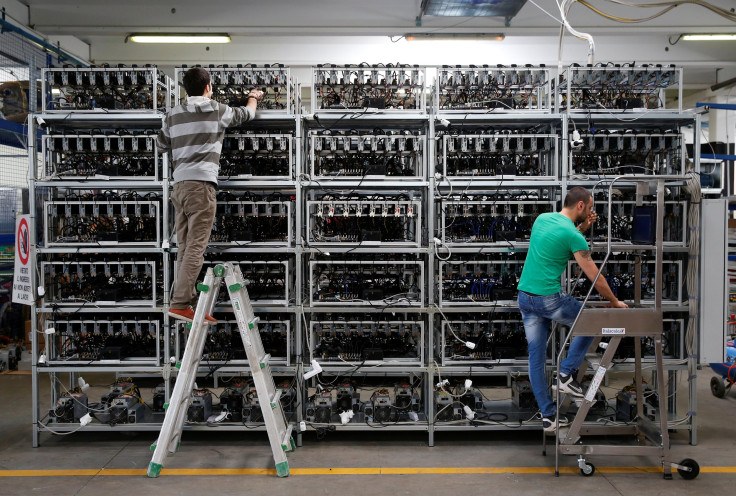Bitcoin’s Electricity Consumption Could Be 0.5% Of World’s Production In 2018

The wild ride of the price of bitcoin and some other cryptocurrencies has often been a topic of discussion in popular media, especially since the beginning of 2017 when bitcoin began a dizzying upward rally. A somewhat less frequently discussed topic, inherently linked to the price, is the electricity consumption in the process of bitcoin mining and transactions.
A study provides the latest estimate, using a new methodology, about how much electrical power the bitcoin blockchain consumes, and the numbers are at least somewhat shocking (pun intended). According to estimates by Alex de Vries, a Dutch financial economist and blockchain specialist at PricewaterhouseCoopers, the current bitcoin network uses a minimum of 2.55 gigawatts of power, roughly the same amount as the whole of Ireland. A single transaction takes up enough electricity to power an average household in the Netherlands for an entire month.
But much worse is yet to come, with de Vries predicting 7.7 gigawatts of electricity consumption by the end of 2018. That is equal to the electrical consumption of the entirety of Austria, and about half a percent of the total consumption across the world. And if the price of bitcoin were to keep going up, like some predictions say it would, de Vries is worried the bitcoin network would someday consume as much as 5 percent of the world’s electricity.
“To me, half a percent is already quite shocking. It’s an extreme difference compared to the regular financial system, and this increasing electricity demand is definitely not going to help us reach our climate goals,” he said in a statement. The 5 percent scenario “would be quite bad,” he added.
Bitcoin, like other cryptocurrencies, uses a large network of computers to verify and time-stamp transactions into the blockchain to prevent duplication of transactions. These computers perform calculations nonstop, hoping to be the lucky one that gets allotted the chance — once every 10 minutes — to create the next block of transactions in the chain. Along with that chance, the lucky computer is also allotted 12.5 new bitcoins, and that process is called mining. Since a large number of computers are burning through large amounts of power, using powerful rigs to increase their chances of winning the chance to mine, it is an inherently electricity-intensive process.
“You are generating numbers the whole time and the machines you’re using for that use electricity. But if you want to get a bigger slice of the pie, you need to increase your computing power. So there’s a big incentive for people to increase how much they’re spending on electricity and on machines,” de Vries said.
The amount of electricity used in cryptocurrency mining operations is important to know from a policy perspective. Some states and local governments have given subsidies to companies setting up mining farms, while some states have started putting restrictions on mining bitcoin. Without a fair idea of the cost involved, such policies could be ill-advised.
“We’ve seen a lot of back-of-the-envelope calculations, but we need more scientific discussion on where this network is headed. Right now, the information available is pretty poor quality overall, so I’m hoping that people will use this paper as a foundation for more research,” de Vries said in the statement.
His research appeared online Wednesday in the journal Joule, under the title “Bitcoin’s Growing Energy Problem.”
© Copyright IBTimes 2024. All rights reserved.




















